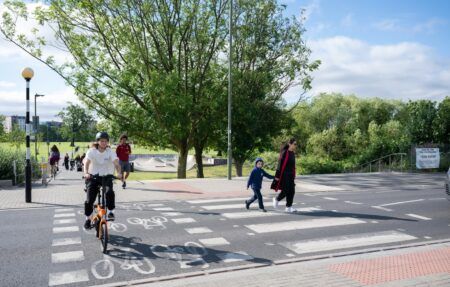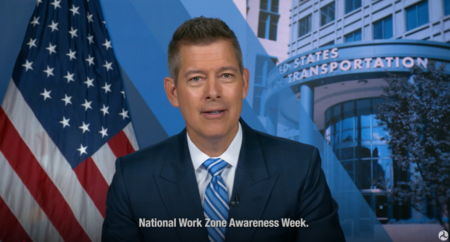A new study published by the Swedish National Road and Transport Research Institute (VTI) shows that even small reductions of the speed limits in urban areas can have a major impact on road fatalities and injuries.
VTI used the statistics for 2014-2016 for Sweden as the starting point for its research. In this period, an average of 65 people per year died in urban areas in accidents involving at least one motor vehicle. Almost 1300 were ‘seriously injured’, and almost 200 were ‘very seriously’ injured. The VTI study revealed that a maximum speed reduction from 31 to 25mph (50-40km/h) could help save as many as five lives per year, and prevent 83 severe injuries, and 12 very serious injuries on a yearly basis.
VTI studied three scenarios: Scenario 1, where all speed limits in urban areas were lowered from 31 to 25mph (50-40km/h); Scenario 2, where 20% of the urban streets remained at 31mph (50km/h), while the rest are reduced to 25mph (40km/h); and Scenario 3, where the majority (80%) of streets were limited to 25mph (40km/h), while the remaining 20% urban streets saw a speed limit increase to 37mph (60km/h). All three scenarios had a positive impact on the safety of urban areas, reducing fatalities, severe injuries, and very serious injuries.
“We have investigated how different scenarios would reduce the number of fatalities and injuries. The speed makes a big difference in a crash,” said Anna Vadeby, researcher at VTI. “It turns out that a modest reduction in average speed can save between 3 to 5 lives a year.”
VTI has also announced that it will be participating in the Swedish-German ‘Collaboration on Electric Road Systems (CollERS) research project, which has now officially started with the goal of studying potential long-term strategies for a successful transnational implementation of Electric Road Systems in Europe. The first result from the project will be an assessment of different ERS concepts and an overview of international ERS activities. The next steps will be:
• Identification of suitable ERS freight corridors between Sweden and Germany;
• Business models and financing strategies for ERS;
• Recommendations for necessary policy actions;
• Impact of ERS on the energy system and the environment.
Swedish research partners are: RISE Viktoria, Chalmers University of Technology, KTH Royal Institute of Technology, VTI, and the Swedish Transport Administration.
German research partners are: Öko-Institut eV, Institut für Energie- und Umweltforschung Heidelberg (IFEU), Heilbronn University, and the Fraunhofer Institute for Energy Economics and Energy System Technology.




